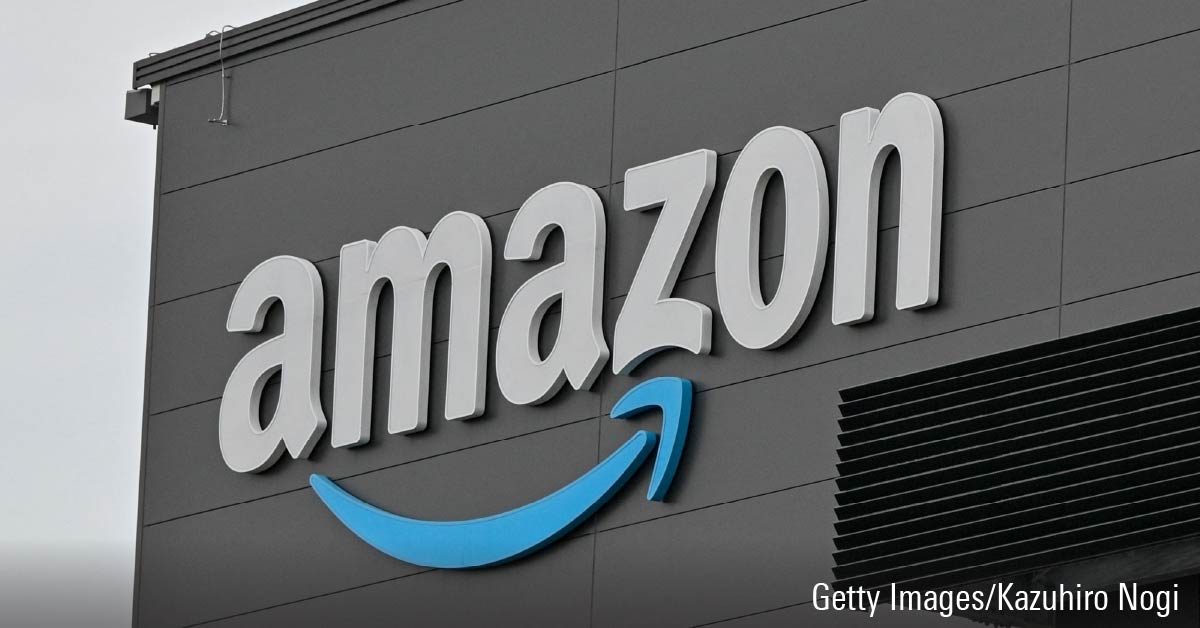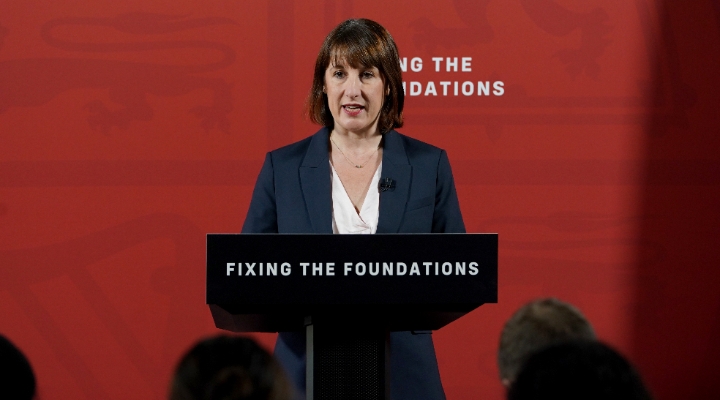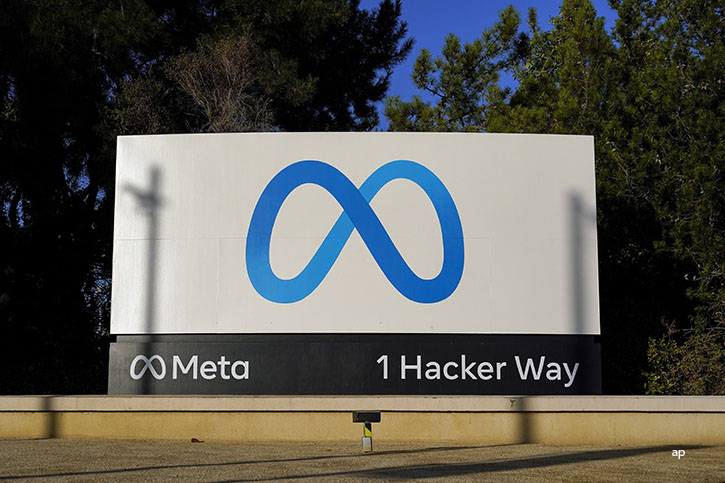We are reaffirming our narrow moat and stable moat trend rating and our £2.90 per share fair value estimate after Centrica (CNA) reported its 2015 full-year earnings outlook remains in line with previous expectations. This should be especially comforting for investors considering oil prices have touched multi-year lows in the past couple of weeks. Management did not provide detailed financial performance for the first nine months of the year or detailed 2015 earnings guidance but did indicate they are on track to deliver £2 billion of adjusted operating cash flow.
British Gas residential margins are expected to be materially lower in the second half of the year but in line with recent years. Our earnings estimate assumed margins would stabilize at historical levels. However, we were losing confidence in our estimate following British Gas’ second 5% natural gas price cut this year. Thus, hitting historical margins would be a positive.
Oil and gas production is now expected to be above the 75 million barrels of oil equivalent guidance provided in July, reflecting better-than-expected well performance. Centrica reiterated exploration and production capital expenditures of £800 million in 2015 and falling below £600 million next year. Centrica also indicated that it now expects its effective tax rate to be below 30%, well under our estimate of 40% and probably a large part of the reason Centrica is able to reaffirm its earnings and cash flow outlook even with depressed oil prices.
On February 18, 2016, Centrica plans to provide a more detailed update on strategic progress and key performance indicators it will use to track reporting segments under its reorganised group strategy.
Centrica’s Revised Corporate Strategy
Following a sharp decline in operating earnings, a 30% reduction in its dividend and a seven-month review by a new chief executive, Centrica is embarking on a revised strategy in which it will focus on energy retailing and supply. The company will remain an oil and gas producer, but we now estimate production will decline to roughly half of 2014 production.
Centrica plans to shed its exploration and production operations in Trinidad and Tobago and declared its Canadian E&P operations noncore. We believe the value received for these assets is likely to be substantially lower than originally planned due to ongoing productivity improvements in U.S. tight oil plays and increased supply due to the Iran nuclear deal. However, we do not expect this will deter new CEO Iain Conn from following through on his plan to sell nonperforming assets acquired by his predecessor.
The British Gas subsidiary is the largest natural gas retailer in the U.K., with more than a 35% market share. The gas assets Centrica will continue to own make it the only vertically integrated retailer and will provide a hedge. When energy prices decrease, retail margins usually expand and margins from the gas assets shrink. This occurred in 2015, as British Gas residential margins were 9% in the first half, roughly double our long-term estimate.
Centrica's international liquefied natural gas agreements will become more important to profitability. Its long-term agreement to purchase LNG from the Sabine Pass liquefaction plant in Louisiana is primarily for British Gas customers. However, the more international gas prices diverge from U.S. and U.K. gas prices, the greater value Centrica can create by diverting LNG cargoes elsewhere.
Centrica also has a strong U.S. presence in energy retailing. Its Direct Energy unit is the largest commercial and industrial natural gas supplier on the U.S. East Coast and the second-largest power supplier in competitive U.S. retail markets. Additional costs from the polar vortex crushed Direct Energy's profitability in 2014. We believe this was an unusual and poorly managed event. Ongoing profit margins are up in 2015, and we expect this improvement to stick.






























